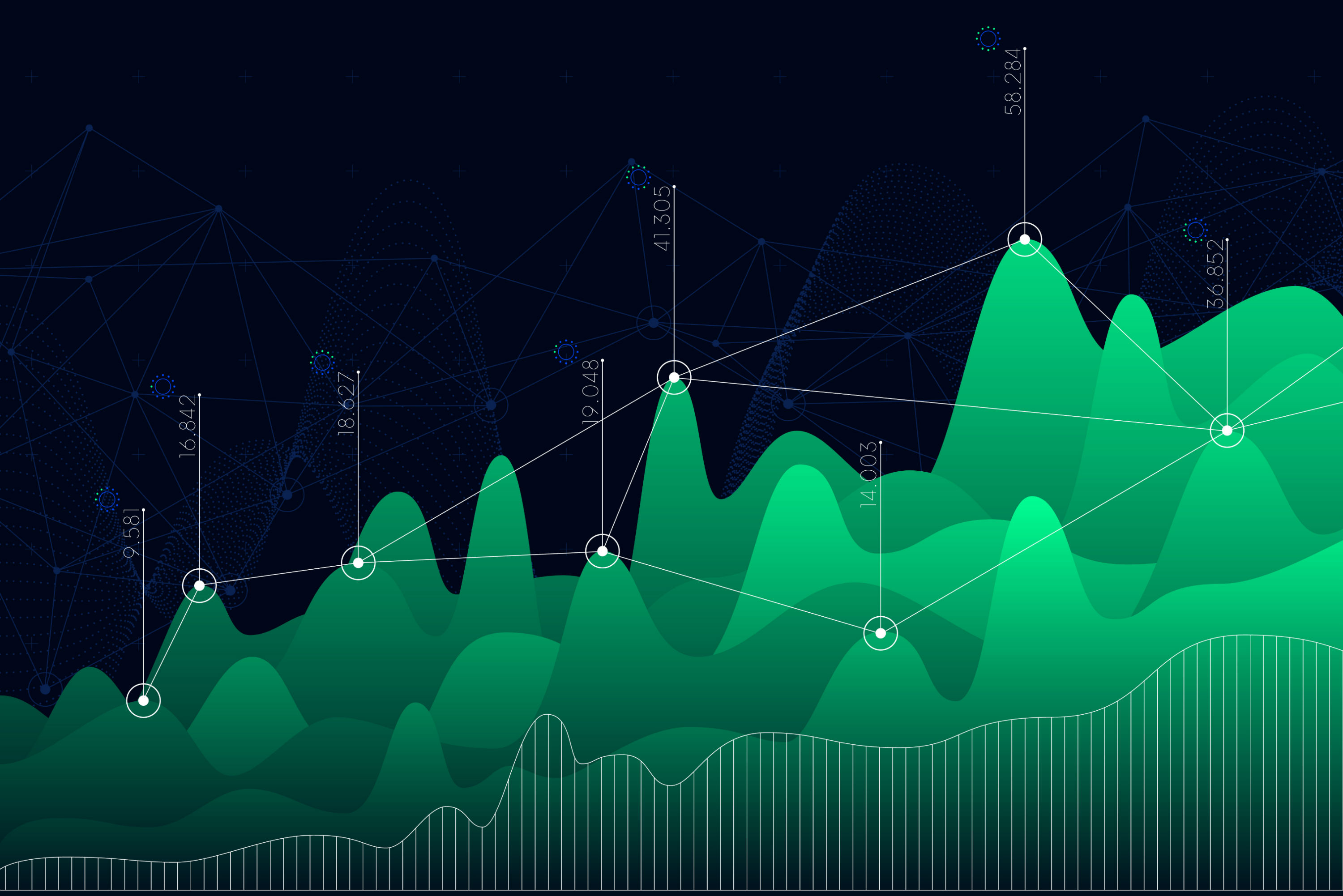Who Moves Up in America? Depends Where You Live.
The United States is hailed as the land of opportunity. The reality, however, is that access to the American Dream is highly unequal.
A child’s chances of “moving up” in America are strongly connected to his or her parents’ income. But it’s not just the amount a family makes that influences their sons’ or daughters’ future earnings. Research published last fall by Opportunity Insights, a team of researchers and policy analysts at Harvard University, shows how the places where children grow up are tied to whether they climb a rung on the income ladder.
The map below is built using 2014-2015 income data from 20 million Americans in their thirties and traces back to the county they grew up in. In short, it shows to what extent children from low-income families are able to earn more than their parents. The more blue a county is, the higher the (now grownup) children’s household income.
Explore the map to see how income mobility changes across the country, including disparities by race.
“It’s basically movement between classes,” says Federico Gonzalez, a pre-doctoral research fellow at Opportunity Insights. If a place has a value of 50, he explains, that means that on average children of parents at the 25th percentile (low income) earn an income at the 50th percentile (middle income).
Overall, however, opportunities seem to be shrinking. “What we have seen is definitely a trend of a fading American Dream,” Gonzalez says. He notes that rates of absolute mobility–children earning more than their parents–have fallen from approximately 90% for children born in 1940 to 50% for children born in the 1980s, with the middle class seeing the largest declines.
There are clues about how some places buck this trend. A team of University of California, Berkley and Harvard researchers, including Opportunity Insights co-directors Raj Chetty and Nathaniel Henderson, previously found that areas with high income mobility share five characteristics:
- Less residential segregation
- Less income inequality
- Better primary schools
- Greater social capital
- Greater family stability
There are also clear differences when breaking down average income mobility across the American Communities Project’s types. African American South communities and Native American Lands have the lowest averages. Here, children born to low-income parents end up earning incomes in the 36th and 37th percentiles, respectively. Only children born to low-income parents in LDS Enclaves and Aging Farmlands move to the middle income mark.
Differences in income mobility seem to be more about location than people. Children who moved at a young age from a low-mobility area to a high-mobility area did almost as well as those who spent their entire childhoods in a higher-mobility area. “There is something about neighborhoods that shapes these outcomes,” Gonzalez says. “There is an enormous variation at the very local scale. In some cases, just blocks apart.” The Opportunity Atlas allows users to delve even further into data at the neighborhood level.
Pinpointing exactly how parents’ income, neighborhoods, racial disparities, and other factors impact children’s future earnings is difficult because there are likely a myriad of intertwining contributions. For example, higher parental income is associated with an increase in children’s rates of college attendance and a decrease in teenage birth rates. On the other hand, there is only a weak link between upward mobility and local job growth, suggesting traditional measures for healthy labor markets do not necessarily apply here.
While digging further into income mobility, Opportunity Insights is also working with community partners to use their data on the ground. The policy team travels around the country to form partnerships with local stakeholders. “We want to learn from their initiatives,” Gonzalez says. “And see what kind of support we can give from our research insights. Our data can have a societal impact.”
